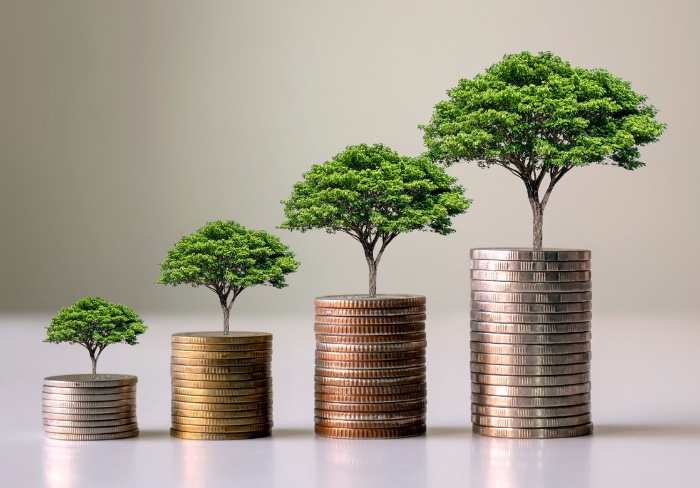
Did you know the seas are just as good as the trees at sequestering (capturing and storing) carbon? If you said no, then you aren’t alone. Oceanic carbon sequestration is still a new topic, first posed in 1976, that we know relatively little about, but what we know is promising.
The ocean acts as a ‘carbon sink’ holding thousands of gigatons of carbon. It has been theorized that the ocean absorbs over a quarter of all carbon produced by human activity every year and that, with help, the sea can absorb even more carbon.
Why We Need Oceanic Carbon Sequestration
To stop the build-up of carbon in our atmosphere, there are two simple options. Stop producing carbon, or negate the effects of carbon production.
I don’t believe that man can stop producing carbon. We rely so much on carbon producing activities, so our only option is to sequester the carbon we produce.
How the Sea Sequesters Carbon
The sea undergoes various chemical and biological processes to sequester carbon. The most common process involves plankton.
At the ocean’s surface, plankton uses photosynthesis to convert carbon dioxide into sugars, in the same way that trees do. Larger sea creatures then eat this plankton and therefore the carbon containing sugars. When these sea creatures die, they fall to the bottom of the ocean and turn into sediment, locking the carbon away for millions of years.
Until 300 years ago, this process was enough to maintain the delicate balance of the planet. As the population has boomed, the ability of the sea to sequester carbon has not, and the amount of carbon in the atmosphere has increased.
How Aquaculture Can Sequester Carbon
There are thousands of ways to sequester carbon. We could build factories to take CO2 out of the atmosphere, but the amount of energy required would create its own set of problems. We could continue to advance our sustainable energy sources, but that doesn’t tackle the problems we have already created.
It is too easy to forget that the earth is already an organic ‘factory’ capable of solving all our problems if we just give it a chance. Until now, we have focused our efforts on land-based solutions, but with some innovative thinking we could use the amazing natural resource that is the sea. It already sequesters carbon more effectively than we have ever managed, and it comprises 70% of the Earth’s surface.
Aquaculture is a simple way to help the sea do its job a little better, using a resource that already exists. Aquaculture can help to regenerate parts of the ocean that have become a desert, meaning that almost no life exists. One of the biggest ocean deserts is in the South Pacific Gyre, and it covers over 14 million square miles. In context, this is three times the size of the United States of America.
A simple project to regenerate coral reefs could trigger the re-growth of an entire ecosystem like the South Pacific Gyre. It is possible to grow coral in a tank on land and then transplant it into strategic areas. It will then grow, spread, and tempt wildlife back into previously deserted places.
After being regenerated, these areas can take carbon out of the water and air again. It is not difficult, but it requires R&D, innovation, and a huge amount of effort.
Why Carbon Sequestration Is Important to Me
I am a keen traveller, taking at least 60 flights every year, and I want to continue seeing the world and discovering new things. But I can’t ignore the damage that flying, and other enjoyable activities like driving, cause to the environment. Instead of stopping, I am focused on finding a solution to this monumental problem, and for me, that is carbon sequestration.
The solutions we have for greenhouse gases aren’t good enough. Every year, more carbon is entering the atmosphere than leaving it, which is unsustainable.
There are only so many trees that we can plant and there is a known limit to how much carbon they can sequester. It is not enough. The sea, on the other hand, is an unknown quantity. We do not yet know how much carbon it can absorb and store. We will only discover the sea’s full capability if we research all possibilities of helping our planet.

 Giles Cadman
Giles Cadman 

